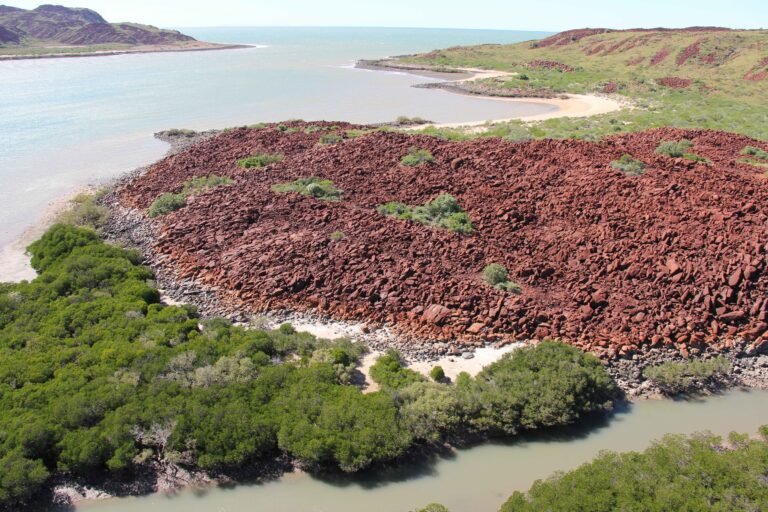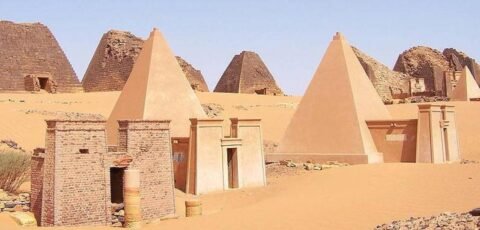Australia is a utopia of UNESCO World Heritage wonders. From iconic natural landmarks like the Great Barrier Reef and Uluru-Kata Tjuta to hidden gems like the Budj Bim Cultural Landscape, our nation is now home to 21 officially recognised World Heritage sites. The latest to join the list is Murujuga Cultural Landscape – an expansive and sacred stretch of land in the Pilbara region of Western Australia, home to the world’s largest and densest collections of ancient rock art.
Covering almost 100,000 hectares of land and sea, the Murujuga Cultural Landscape has more than one million recorded petroglyphs (rock art engravings), some of which date back more than 50,000 years. The name Murujuga means ‘hip bone sticking out’ in the language of the Traditional Ngarluma-Yaburara Custodians, and this is the only place on Earth where their cultural stories have been continuously recorded through art for thousands of years.

After two decades of campaigning by Indigenous leaders, Murujuga was officially granted status as a Cultural World Heritage Site at the 47th World Heritage Committee in Paris on July 11. The nomination, submitted in 2023 by the Australian Government on behalf of the Murujuga Aboriginal Corporation, marks a historic moment – making Murujuga just the second site in Australia to be recognised on the World Heritage list solely for its First Nations cultural heritage, following Budj Bim’s listing in 2019.
World Heritage status will help protect and preserve the ancient cultural landscape of Murujuga for generations to come. The site’s one million-odd petroglyphs have long faced accelerated weathering and degradation, largely due to airborne pollution from the nearby Woodside Energy’s North West Shelf liquefied natural gas processing facility.

Raelene Cooper, Murujuga custodian of the Mardudhunera people and Founder of Save Our Songlines, said, “Fertiliser plants are still being built around our sacred sites and polluting gas plants will emit toxic acid on our rock art for another 50 years. The final decision today falls well short of the protections that expert body ICOMOS has recommended. But comments from World Heritage Committee members today send a clear signal to the Australian Government and Woodside that things need to change to prevent the ongoing desecration of Murujuga by polluting industry. Global scrutiny will now be applied to what is happening at Murujuga. We will continue to fight for protection for this very special place, and the world is now aware of what we are up against.”





